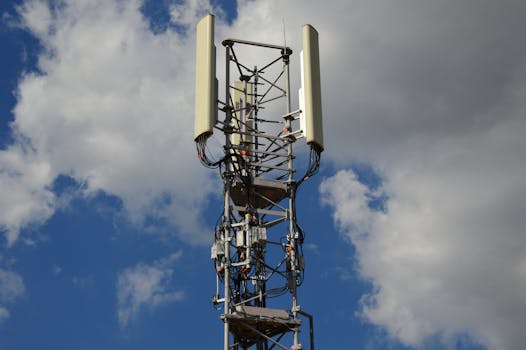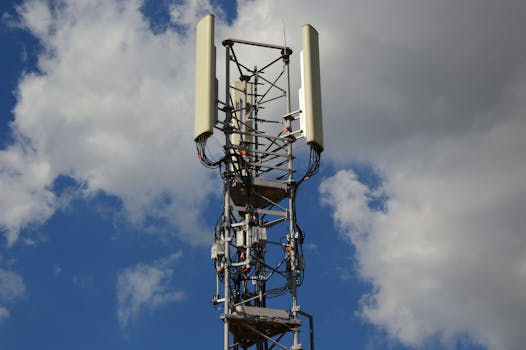5G Technology Advancements and Impact on Mobile Networks

5G Technology Advancements and Impact on Mobile Networks
5G technology advancements have been transforming the mobile network landscape, bringing about unprecedented speeds, lower latency, and enhanced connectivity. The fifth generation of wireless technology has been making waves in the telecommunications industry, and its impact on mobile networks is multifaceted. In this article, we will explore the recent developments in 5G technology and their far-reaching effects on mobile networks.
Introduction to 5G Technology

5G, or fifth-generation wireless, is a wireless networking technology designed to provide faster data speeds, lower latency, and greater connectivity than its predecessors. The initial deployment of 5G networks began in 2019, with several countries and telecom operators investing heavily in the infrastructure. The key features of 5G include enhanced mobile broadband, ultra-reliable low-latency communications, and massive machine-type communications.
The 5G network architecture is designed to support a wide range of applications, from enhanced mobile broadband to mission-critical communications. The technology utilizes a new radio access technology, known as New Radio (NR), which provides faster data speeds and lower latency. 5G also introduces a new core network architecture, known as 5G Core, which is designed to provide greater flexibility and scalability.
Advancements in 5G Technology

Recent advancements in 5G technology have focused on improving the performance, capacity, and coverage of 5G networks. One of the significant developments is the introduction of millimeter wave (mmWave) spectrum, which provides faster data speeds and lower latency. The use of mmWave spectrum has enabled the deployment of 5G networks in a wide range of frequency bands, from sub-6 GHz to 24 GHz and above.
Another area of advancement is the development of standalone (SA) 5G networks, which do not rely on existing 4G infrastructure. SA 5G networks provide greater flexibility and scalability, enabling the deployment of 5G services in a wide range of scenarios, from urban to rural areas. The introduction of network slicing, which allows multiple independent networks to run on the same physical infrastructure, has also been a significant development in 5G technology.
Impact on Mobile Networks

The impact of 5G technology on mobile networks has been profound, enabling the provision of a wide range of new services and applications. The faster data speeds and lower latency of 5G networks have enabled the deployment of mission-critical communications, such as remote healthcare and public safety services. The enhanced mobile broadband capabilities of 5G have also enabled the widespread adoption of streaming services, online gaming, and virtual reality applications.
The introduction of 5G has also enabled the development of new business models, such as network slicing and edge computing. Network slicing allows telecom operators to provide customized network services to different customers, while edge computing enables the processing of data at the edge of the network, reducing latency and improving performance. The use of 5G in IoT applications, such as smart cities and industrial automation, has also been gaining traction.
Conclusion

In conclusion, the advancements in 5G technology have had a significant impact on mobile networks, enabling the provision of faster data speeds, lower latency, and greater connectivity. The introduction of new features, such as mmWave spectrum, standalone 5G networks, and network slicing, has improved the performance, capacity, and coverage of 5G networks. As 5G technology continues to evolve, we can expect to see even more innovative applications and services, transforming the way we live, work, and communicate.